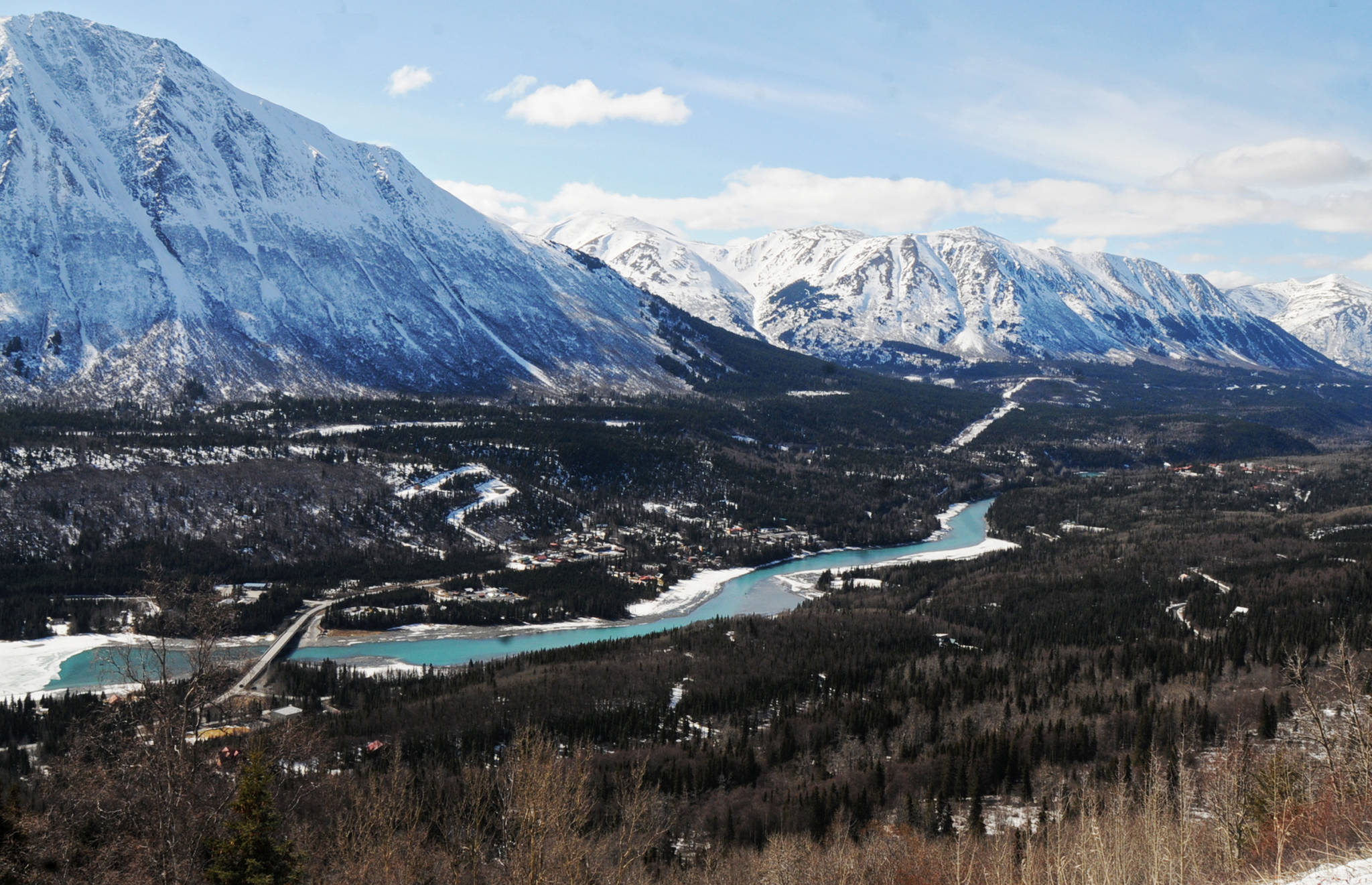The water of the Kenai River is turbid to be classified as an impaired water body, according to a draft water quality report from the Alaska Department of Environmental Conservation.
The draft Integrated Water Quality Assessment Report for 2014–2016, released Thursday, proposes recategorizing the lower 7.5 miles of the Kenai as a Category 5 water body, meaning it fails to meet the water quality standards for turbidity, or too many solids suspended in the water. The report is currently in draft form and must go through a public comment period and be forwarded to the U.S. Environmental Protection Service, which has the final approval authority for impaired water bodies.
Other studies have linked the Kenai’s high level of turbidity to the intense summer boat traffic.
“Studies published in 1996 and 2008 correlated stream bank erosion and turbidity in the Kenai River with high levels of motorized boat activity,” the report states.
The DEC funded additional studies in 2009–2010 and collected turbidity data at sites at river mile 23 and 11.5 in July, the highest traffic month on the river. The data confirmed that motor boat traffic “is correlated with the increased turbidity levels in an eight-mile section of the lower Kenai River to exceed water quality standards for water supply, primary and secondary recreation uses.”
If the designation is finalized, the DEC requires a recovery plan be developed for the river to meet the state water quality standards.
The Kenai River has been on the Category 5 list before — it was moved to that designation in 2006 for petroleum hydrocarbon pollution. The DEC determined the source to be the hundreds of motor boats that traffic the river every summer, peaking in July during the king salmon fishery and pushing the levels above the standard. A new regulation implemented in 2008 that required all motor boats be four-stroke or direct injection two-stroke during the month of July led to the hydrocarbon level dropping by 2010 and 2011, and the river was declassified from Category 5 in 2010, according to the report.
The river is still meeting some water quality standards, according to the report.
“Urban development in the Kenai River watershed (e.g. increased private land development and continuing popularity of recreational activities) created concerns about water quality,” the report states. “Water quality sampling conducted from 2000–2014 found that the Kenai River is meeting fresh water uses for selected metals (arsenic, cadmium, chromium, lead) and pH.”
Reach Elizabeth Earl at elizabeth.earl@peninsulaclarion.com.

